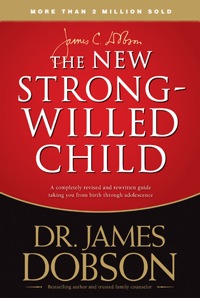Growing up, I would make my father take me to the bookstore and leave me there to read for hours. My favourite hangout was the MPH at Robinson Road, where I had spent many hours of my childhood devouring the Enid Blyton and Roald Dahl classics.
There’s something about holding, touching, feeling and smelling new books that thrilled me then. The best part about going to a bookstore – and not the library – with my dad was that it was almost always a given to return home with new books to add to my book collection. (Dad, I’m sure you knew I always pretended I couldn’t put down a book so you could buy it for me, right?)
If you’ve followed this blog for a while, you’d know that I am on a quest to make avid readers of my kids. I’ve shared that we should by all means borrow, but nothing beats being able to have our own books so that we can read and reread them.
Last year, I discovered The Groovy Giraffe, Singapore’s first official online remainder bookstore which sells heavily discounted new books that are overprints. The prices of books here are discounted up to as much as 85% and this giraffe is oh-so-groovy alright. So groovy that buying new books ain’t going to be burning a hole in your pocket anymore.
I recently shopped at The Groovy Giraffe again with the credits that the kind folks at The Groovy Giraffe gave me and managed to find the Read at Home First Experiences Series. The series is written with the aim of introducing young children to new situations and I am glad to have found them because these books are great starters to get the kids to talk about their feelings of their first experiences:

We’ve been on a plane and to the pool, so these readers will be used as a springboard to get the kids to talk about how they felt.
The books arrived promptly within 3 working days after I checked out and paid, and I can’t wait to share them with the kids.
There is a decent variety of books for babies, toddlers, children and adults at The Groovy Giraffe. They even have assessment books and educational guides that are heavily discounted and sections for bargains and gift ideas. I particularly enjoy browsing at the Children’s Early Reader Books Section to check out titles that would interest the older kids, as well as the titles under Activity Books to see if I can find anything that wouldn’t cost me a bomb for the youngest to work on to keep him meaningfully occupied.

A screenshot of some of the bargains under Activity Books for Children – I’m thinking of getting the 100 Stickers Series for some sticker fun for Nat!
There are also tips under ‘Babies’, ‘Toddlers’ and ‘Children’ to help you choose titles for children of different age groups and reading abilities, which is definitely helpful before you begin shopping!
If holding, touching, feeling and smelling new books thrill you – as it still does even now for me – you may want to consider popping by The Groovy Giraffe to shop for your books. Check out using the code “MOTHERKAO” to get a 5% off your purchases (except for Bargain books). There’s no expiry date to this code, so you can use it any time, whenever.
My dad would have loved to meet this giraffe when he had an avid reader of a little girl that was me. I’m pretty sure it would have saved him so much money buying me new books so often.
Disclosure: I received credits to purchase some books from The Groovy Giraffe for the Kao kids. All opinions here are solely my own.

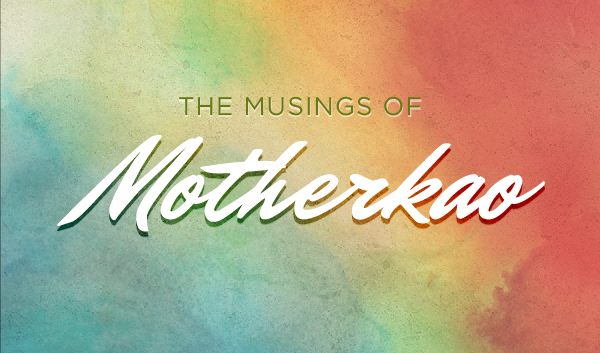



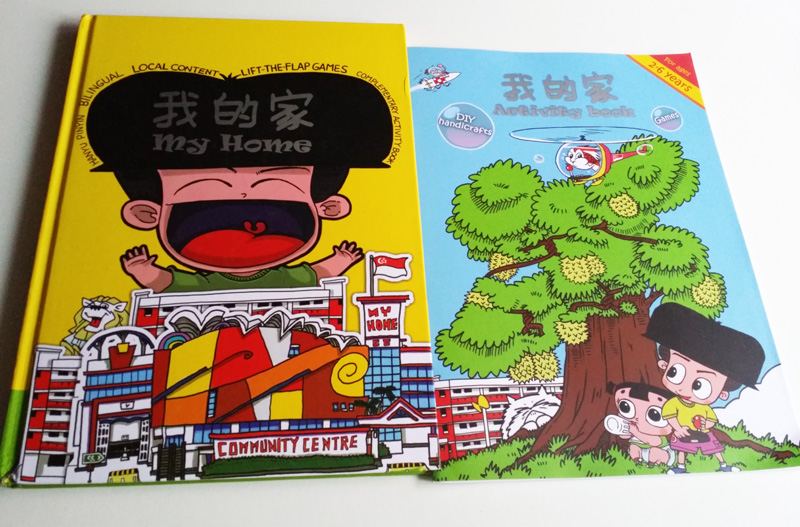


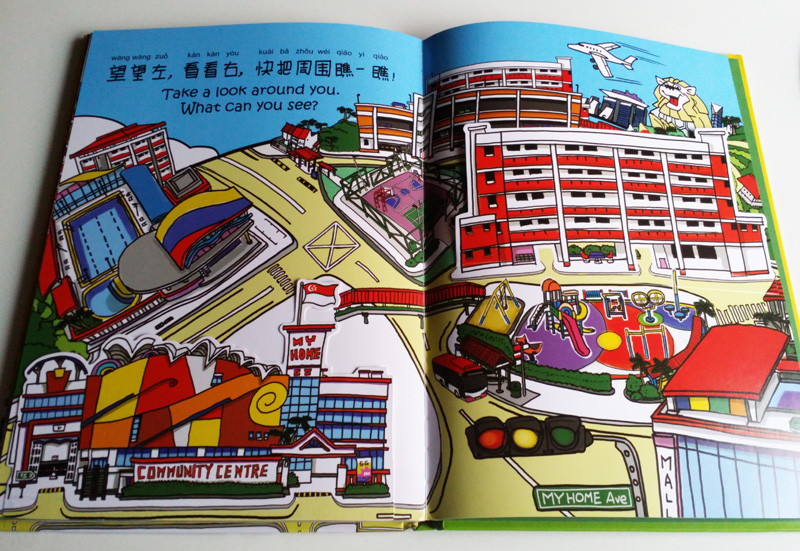













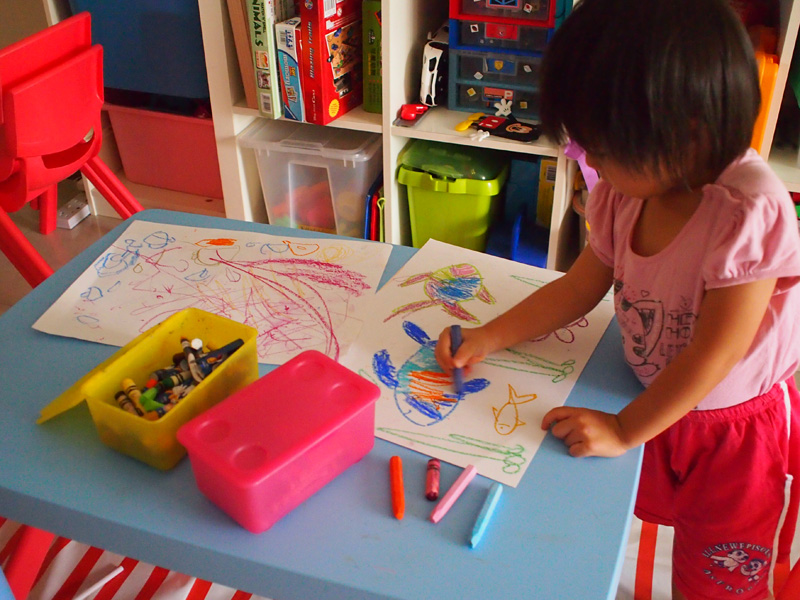


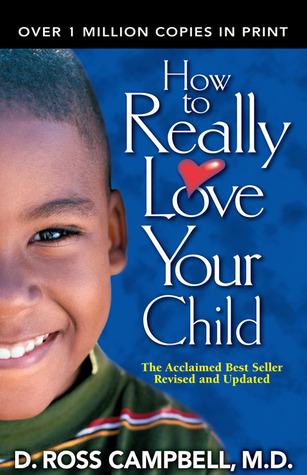 This book is loaded with plenty of useful and practical information on how to genuinely love and discipline our children so that we can establish a love-bond relationship with them.
This book is loaded with plenty of useful and practical information on how to genuinely love and discipline our children so that we can establish a love-bond relationship with them.